Osteochondrosis is a degenerative–dystrophic change in the spine (a degenerative disease is a rapid aging of the spine; a dystrophic disease is a violation of the nutritional process). In other words, osteochondrosis of the spine is a disease in which the vertebral discs age much faster than they should according to the age of the patient due to insufficient nutrition. Osteochondrosis disrupts the structure and, consequently, the functioning of the intervertebral discs, which provide flexibility and mobility to the spine. As the disease progresses, irreversible changes occur in the vertebrae themselves.
Dystrophic changes occur mainly due to lack of sufficient exercise and poor nutrition. The fact is that the nutritional process of the spine directly depends on the blood supply to the structures surrounding it. The restriction of blood flow near the spine, and hence in the vertebral column itself, is often the result of lack of movement and "bad" food.
Too frequent workouts, uneven physical activity, excess weight, and an incorrectly formed posture from an early age all lead to an increase in the unmet nutritional needs of the spine, which, as a result, can cause its early aging.
There are many ways to treat this disease and eliminate its manifestations: drug therapy, physiotherapy (massage, physical therapy, magnetic therapy, ultrasound therapy, microcurrents, etc.). But the most important thing in treatment is undoubtedly movement.
Recently, kinesiotherapy has become very popular. The technique of Kinesiotherapy (from the Greek. Kinesis – movement + therapy — "treatment", or treatment through movement) is quite simple. It was based on the results of clinical and scientific studies of the human muscular system, its physiology and biochemistry of the process of muscle fiber contraction, as well as its effect on the human musculoskeletal system. Unlike physical therapy, where the nature and number of movements are designed for the average patient, kinesiotherapy is strictly individual. The load is always dosed and targeted at those regions and muscle groups that are least involved in work in a person's daily life. It is determined based on the patient's medical history, age, physiological and other characteristics. Treatment with proper movements with gradually increasing strength loads leads to a good, and most importantly, a steady restoration of spinal functions.
Was this information helpful?
Questions and answers
Ask a Question





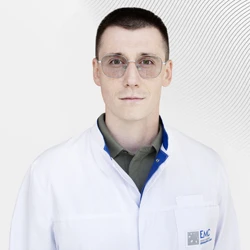


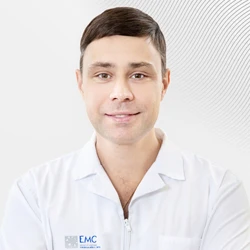



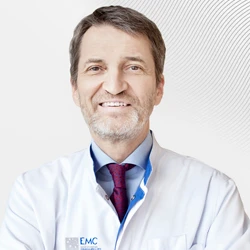
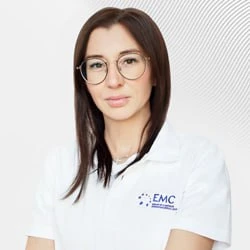
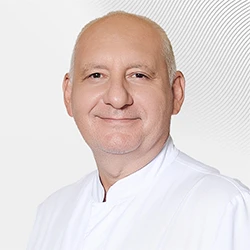
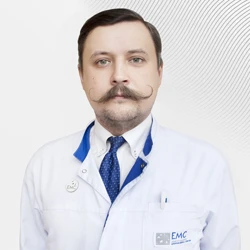

.webp)

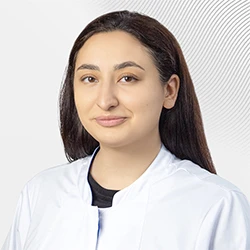
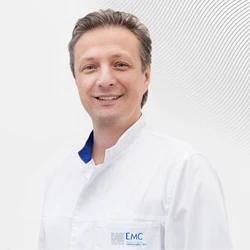
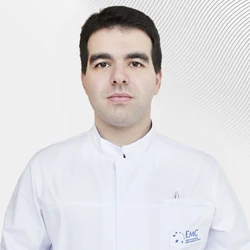
.webp)


